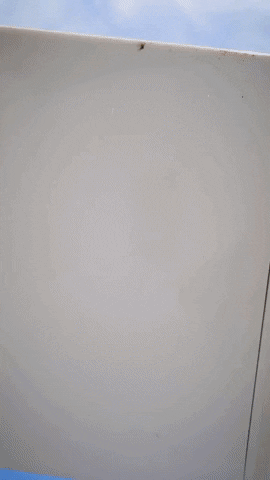Drone LiDAR mission success: Papua New Guinea
- harrisonknoll

- Oct 14, 2019
- 3 min read
It doesn't matter how far away or how big the job, we are here to take on any challenge.

It was the last day of May when and we got the call. There is a remote region in Papua New Guinea that needs to be surveyed and mapped, and the contractor was under a time crunch. This mission posed two major issues to be overcome. First, the region was in a very remote location and would require extensive mobilization and security team to accompany the surveyors. Secondly, the region is on the equator with very dense tropical forest. This would put our system to the test. Could the Riegl miniVUX penetrate the dense foliage and make an accurate digital elevation model (DEM) of the bare earth. We felt confident, so we mobilize the Riegl miniVUX LiDAR and the M600 drone system to Port Moresby, PNG to meet the team.

Our team departed from San Francisco, CA with the Riegl miniVUX, DJI Matrice M600, 48 batteries, GNSS base station, and survey equipment. Before departure, we completed all import/export documentation and secured temporary visa for our stay in PNG. Once on the ground at Port Moresby we grouped with our client and prepared for the next step of our journey, deep into the remote reaches of civilization in PNG.

It was the morning of July 4th, the batteries all were charged and the crew began loading the equipment onto the 4 wheel drive off-road vehicle. By 7:30 AM we departed to the job site.
The job was an area of about 4 square kilometers with elevation changes of around 60 meters. The vegetation was thick, full of tall tropical trees with an overgrown layer of ivy connecting the canopies. This was some of the thickest vegetation I have ever seen. On the boundary of the area to be surveyed was several km of coastline. In addition to the landscape considerations we had to keep in mind that PNG is home to several hundred indigenous tribes that have never seen this technology. As a matter of fact, this was the first LiDAR drone to be flown in all if Papua New Guinea.
We planned ahead from satellite imagery where the most ideal location for take-off and landing were. But, as experienced drone operators we make the final decision in the field where we have the most up-to-date information present. The scouting revealed 5 ideal locations. Now it was time to go out and set out ground control targets across the survey area.
Our team was responsible to gather aerial LiDAR data, photogrammetry data, ground control data, and deliver a bare earth DEM to the client. The job location is the future site of a large construction project that would take place this upcoming spring. For the required resolution of the DEM we would need to get at least 30 pts/sq*m. In our data acquisitions we followed the ASPRS Positional Accuracy Standards for Digital Geospatial Data (2014). This actually requires roughly 2 times the points as the resolution of the final DEM.

The 4km survey area took 2.5 days of acquisition. The M600 handled the job perfectly, and the Riegl miniVUX worked superbly. Without the 5 returns that the Riegl is capable of recording, the vegetation penetration would not be sufficient to capture the bare earth through the thick canopy. In these tough scenarios, you need the extra equipment to perform the job correctly. The final resolution was 5 cm with penetration through the dense tropical forest canopy. Below is a look at the RAW LiDAR data. We used GreenValley Int'l LiDAR360 to process the data and generate the DEM for our client.

We travel anywhere in the world and take on any challenge. Through our rapid deployment and fast turnaround times we are able to open new missions that LiDAR would have traditionally been too expensive and time consuming to take on. In a future article we will share about a recent mission in the Amazon rainforest for 1-day turnaround from acquisition to analysis that guided a field team to hidden treasures deep inside the rainforest!
If you have any questions, comments, looking for LiDAR gear, or are in need of service please contact Harrison Knoll at Harrison@LiDARGear.com
Thank you for reading!







Comments